The project “Occupy Lines” aims to give representation to those living in controlled zones, 14 years after the second invasion of Georgia’s South Ossetia region. With many families divided, villages split in two and livelihoods at risk, discover first hand accounts from photojournalist Nicolo Vincenzo.
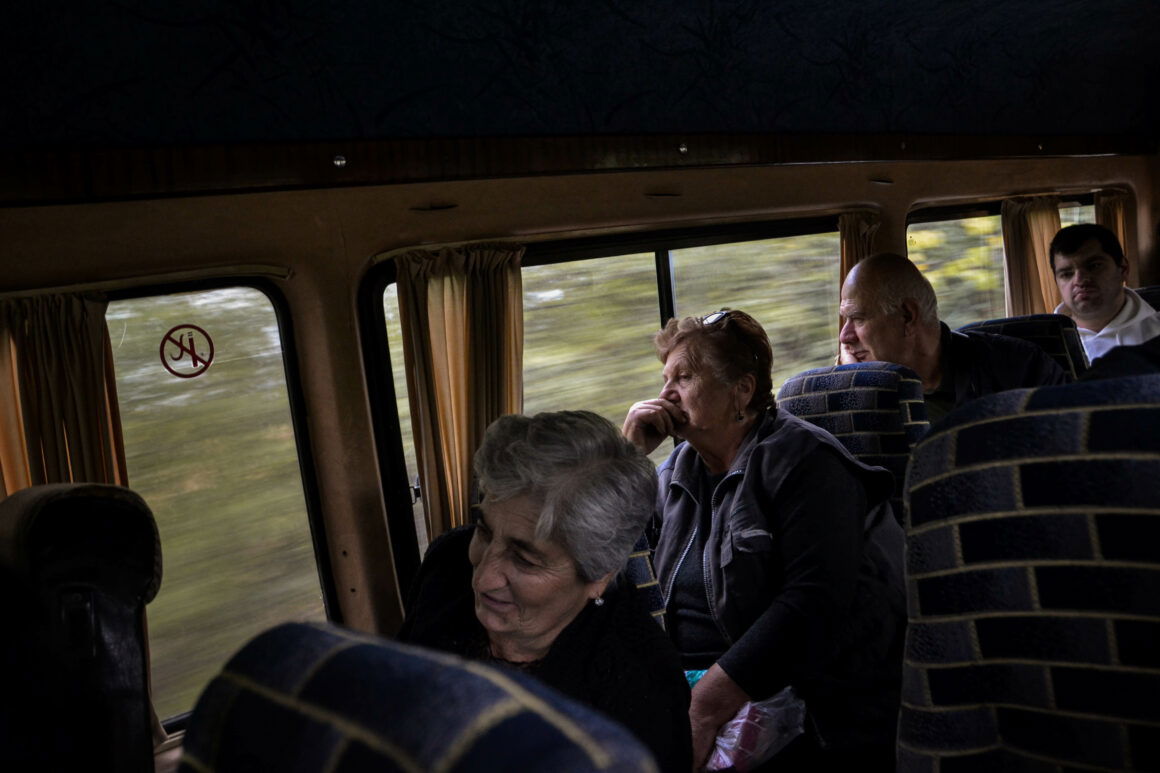
The Occupy Lines By Nicolo Vincenzo Malvestuto
By Nicolo Vincenzo Malvestuto
Through the work of my project, “Occupy Lines” and the lens of my camera, my aim is to recognize the distinct differences when living in occupied territories. As many live in fear everyday, or under the threat of waking up on the other side of a new border line – isolated from the rest of the village they once knew as home and under threat of new restrictions – I spoke to local people.
14 years passed after the second invasion of Georgia’s South Ossetia region. The second time Russian military forces successfully seized the territory, it began its recognition as the De-facto state of South Ossetia. Today, statistics show that 20 percent of Georgia is occupied by Russia.
For those living in controlled zones, many elements of daily life have changed, from social activities to friends and family connections. Time in their villages seems to have been frozen or stopped completely but hope still remains that one day people will return to their lives as they were before the war.
I believe the voices of these people matter and they deserve our attention. Many don’t know about the issues faced or the lives of those in these small villages. I hope to give these people a voice and a space to tell their stories. To shed light on the events that continue to unfold.
“I think our society needs to be reunited, so we can find a solution to return to our lost territories. Our society needs something in common, the issue is painful for many Georgians, but we need something more.”
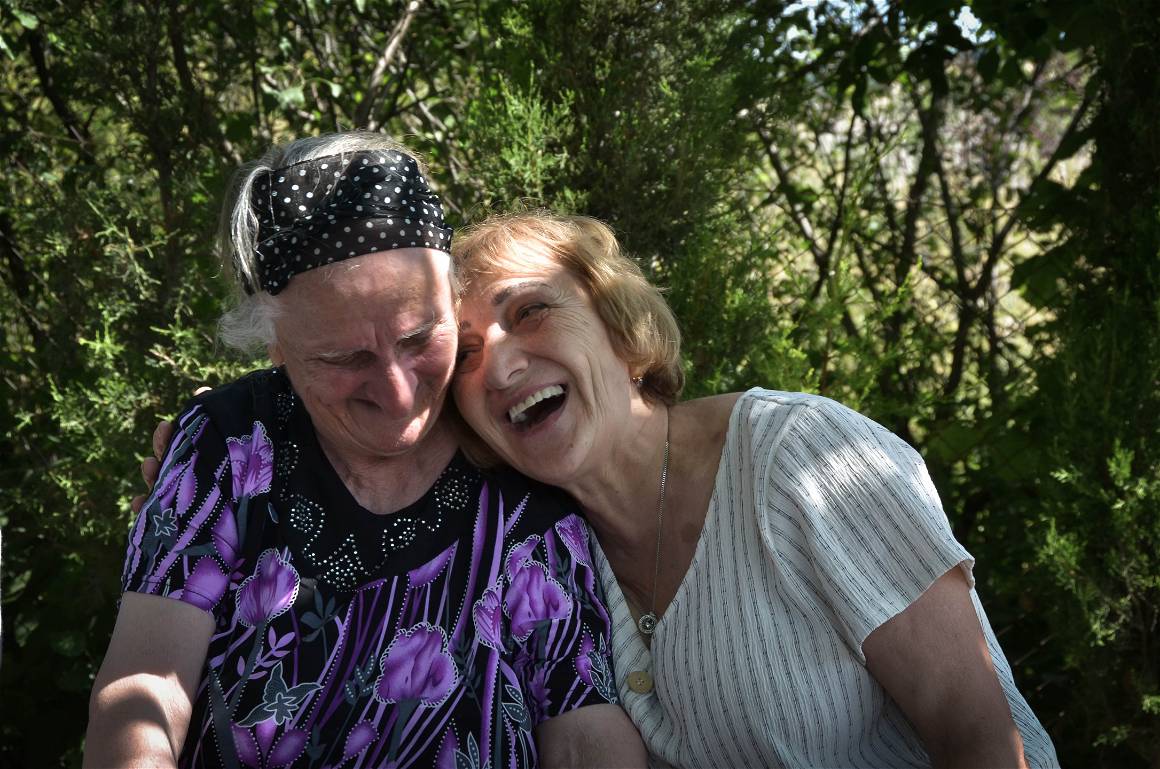
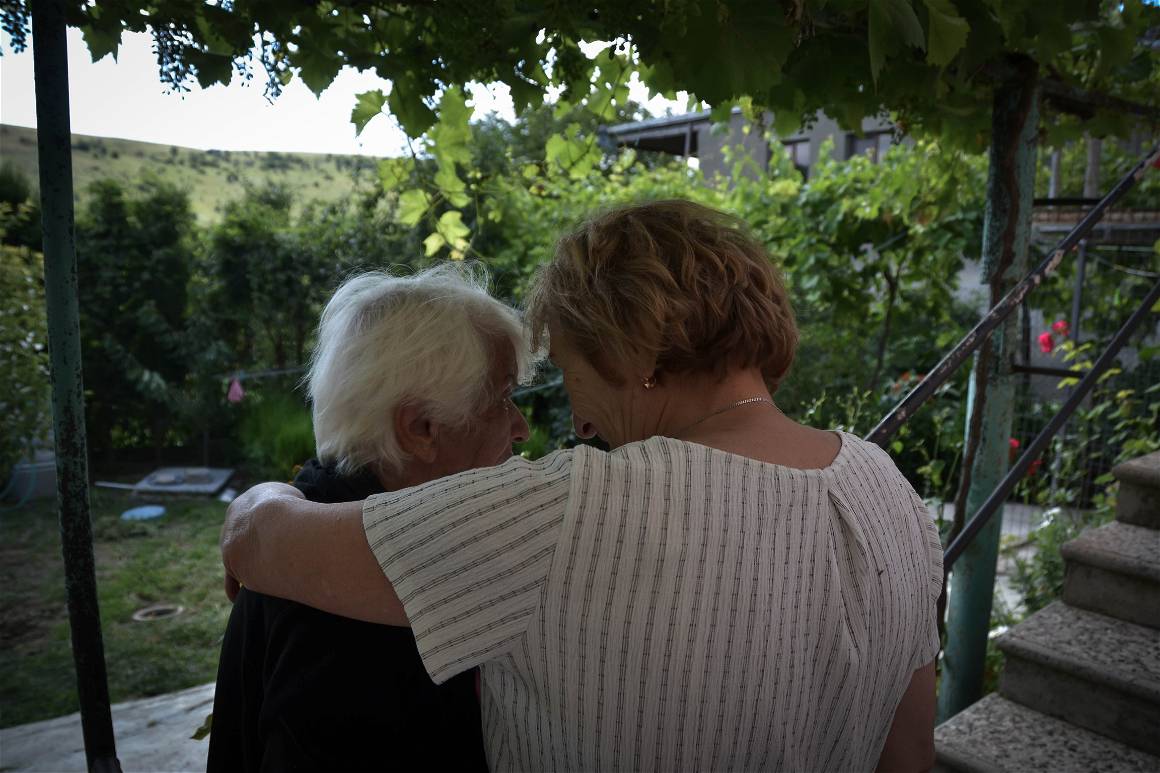
Luda Salia (63)
Khurvaleti village.
As a nurse, she witnessed 2 wars. (The1991 fall of Abkhazia and 2008 South Ossetia)
“It was one of the most brutal periods for people in winter – villagers sheltered themselves in forests for months. I remember when helicopters flew over and they dropped bread.”
“I know the price of the war and the value of our people” says Luda. After opening a retirement home in Khurvaleti in 2015, she now takes care of the elderly from the local village. Stating that she couldn’t live without her friends and patience, who have fast become her family.
“Far away, 50 meters from my home, and straight up 200 meters, Russians control the territory but I’m not afraid of them. I’ll defend my own country. I want to show that nobody is afraid here.”
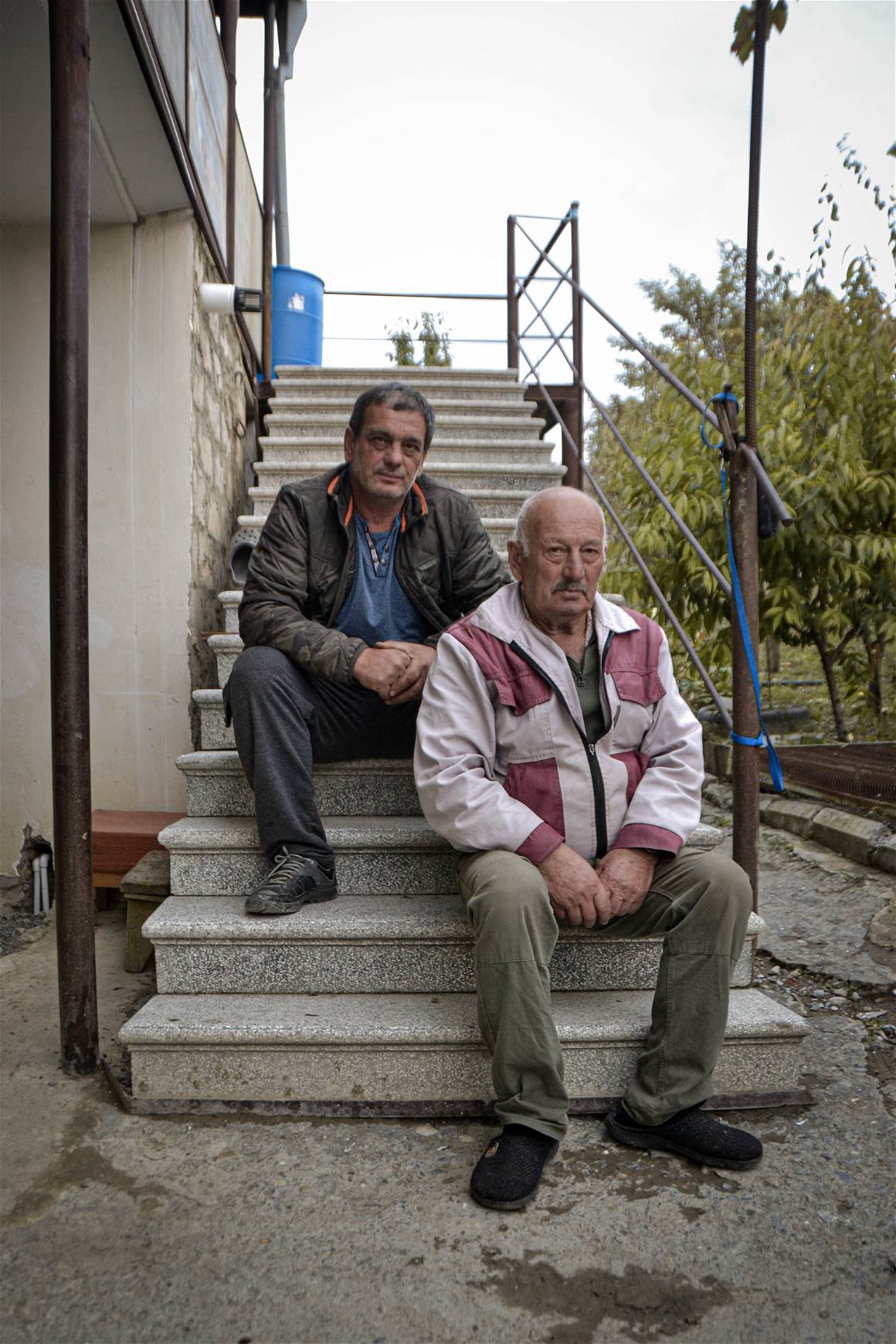
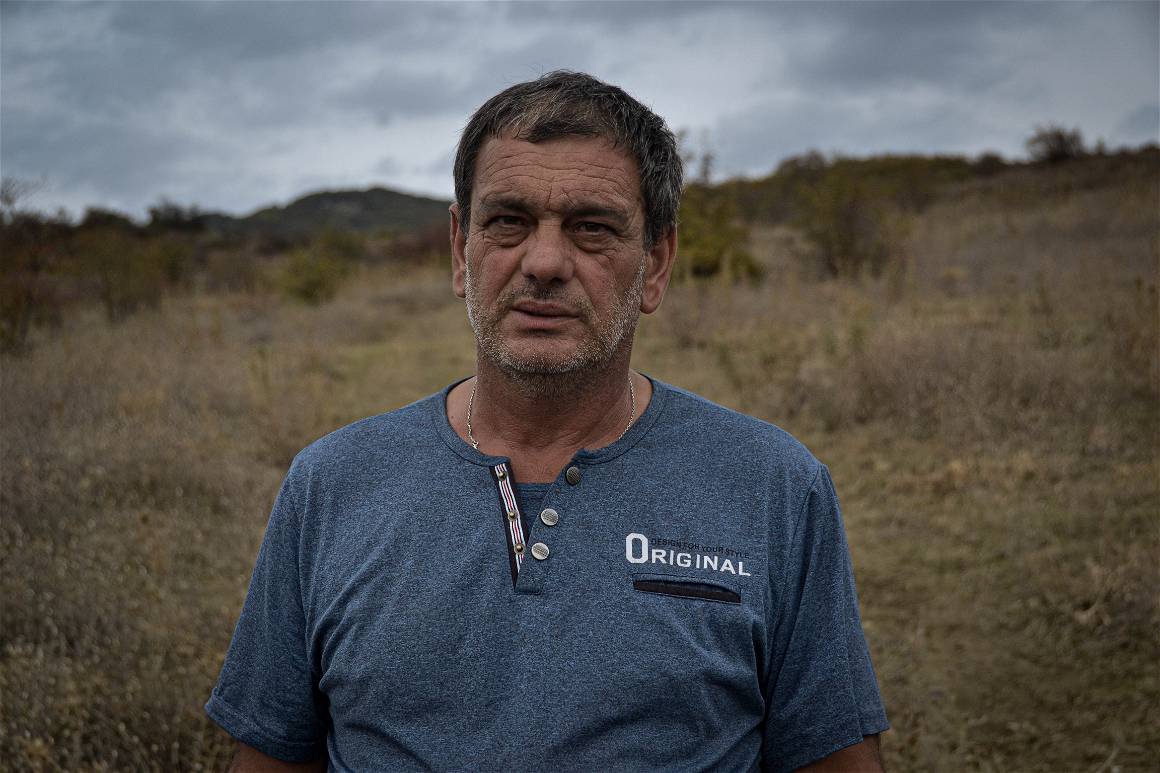
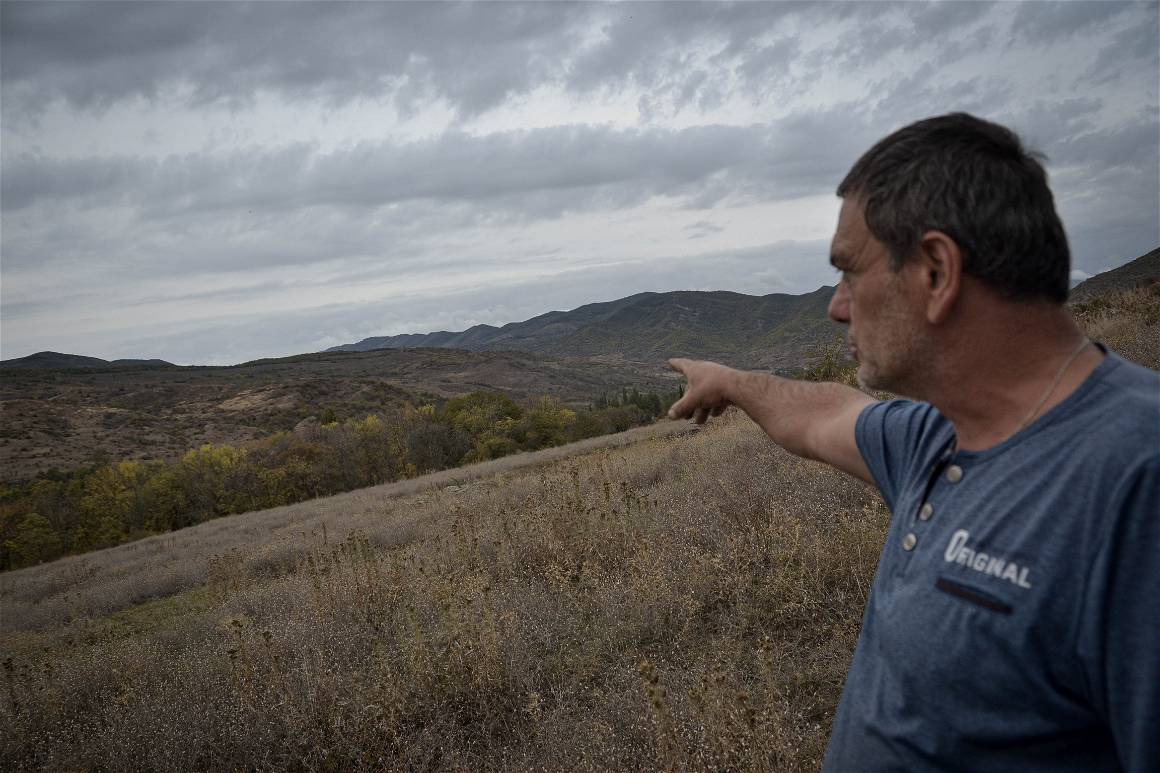
Giorgi Begiashvili (50)
From Mejvriskhevi Village.
Barbwire fences are located about 100 meters from his home here.
“I feel confident as I will always live on my own land and no-one will prohibit me.’ Giorgi, the local farmer states.
“Me and my father have a lot of friends in Ossetian villages, we had beautiful relations with each other, and we really appreciated our connection. People are scared here to cross the border and nowadays nobody can cross the line. I didn’t expect a second war after 1991. In 2008 the village was severely bombed. I was sheltering at home with my family.”
Jumber Begiashvili (77), Giorgi’s father said, “Our doors were always open for Ossetians before the conflict, we loved each other and cared very much for our relationship. I think our generation now needs something to be reunited again, as it seems somewhere lost. We must be stronger than our enemy, we don’t have to let them cut our history and values” says Jumber.
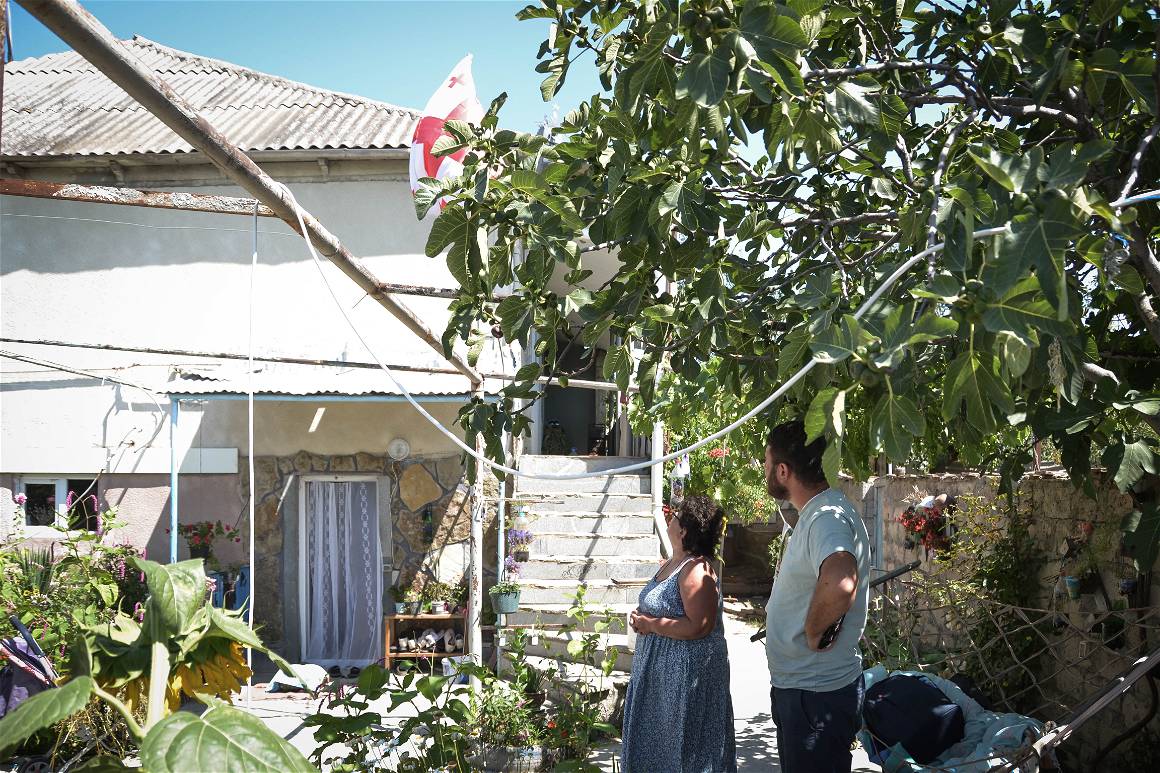
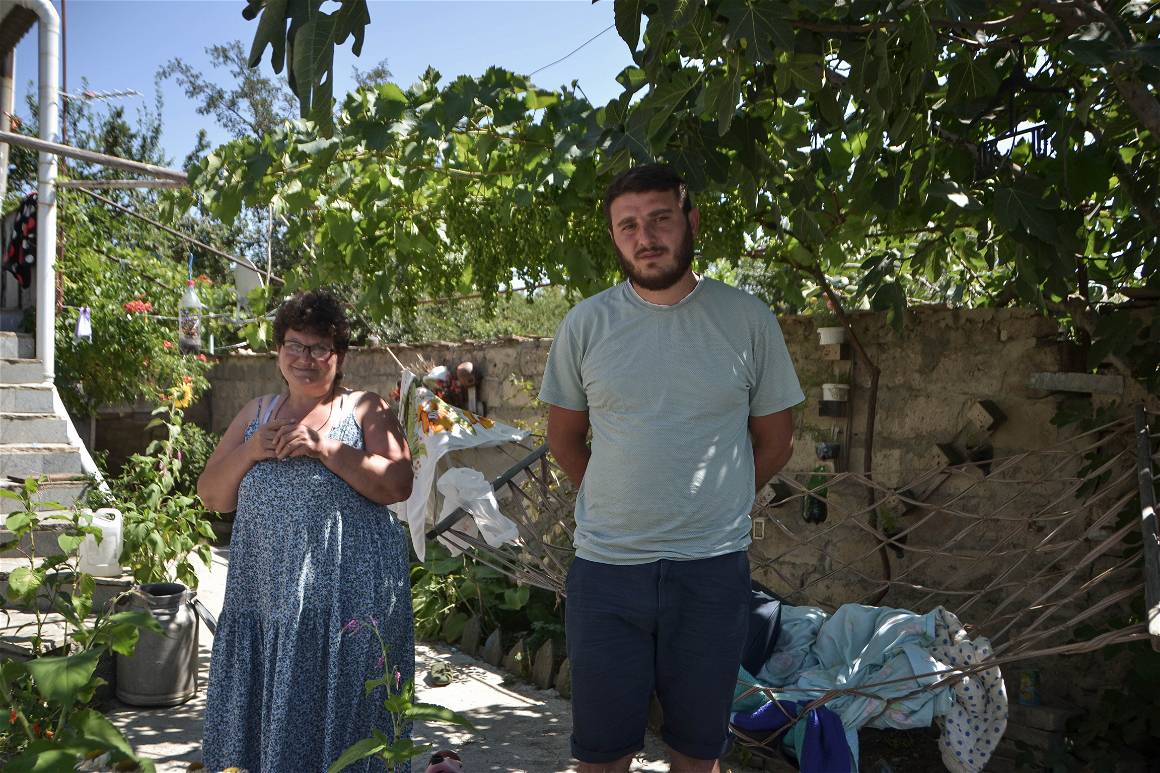
Saba Sekhniashvili (26)
Bershueti Village.
In winter of 2016, Saba and his friend were in church when Russian forces tried to remove them. Saba escaped their detainment but his friend remained imprisoned in Tskhinvali for one week until Saba paid 2000 Rubles for his friend’s release.
“There have been several cases of Russians visiting our village, trying to kidnap people, especially in winter. In some cases they step aside without doing anything,” says Saba.
“After the war in 2008 Russians tanks remained in front of our home until October. It was terrifying for the whole village, especially for the children. Sometimes I dream about those places I visited when I was young, which now are under the occupation” – Maia Merabishvili (53), mother of Saba.
“I can’t leave my home, I was raised here. I’m not going to leave my home, in many ways it would be a very big mistake. I would feel as if I had lost a part of my body.
When we think about how to return occupied villages to our homeland, it seems hard or even impossible, but for me it’s imaginable. Many things have changed during this period, people have lost their homes, sources of incomes and many have been displaced. For many it would be hard for Georgia to stand in another war. I think our society needs to be reunited, so we can find a solution to return to our lost territories. Our society needs something in common, the issue is painful for many Georgians, but we need something more.”
As of today, only up to ten people are living in Bershueti village. Saba and his family are among them.
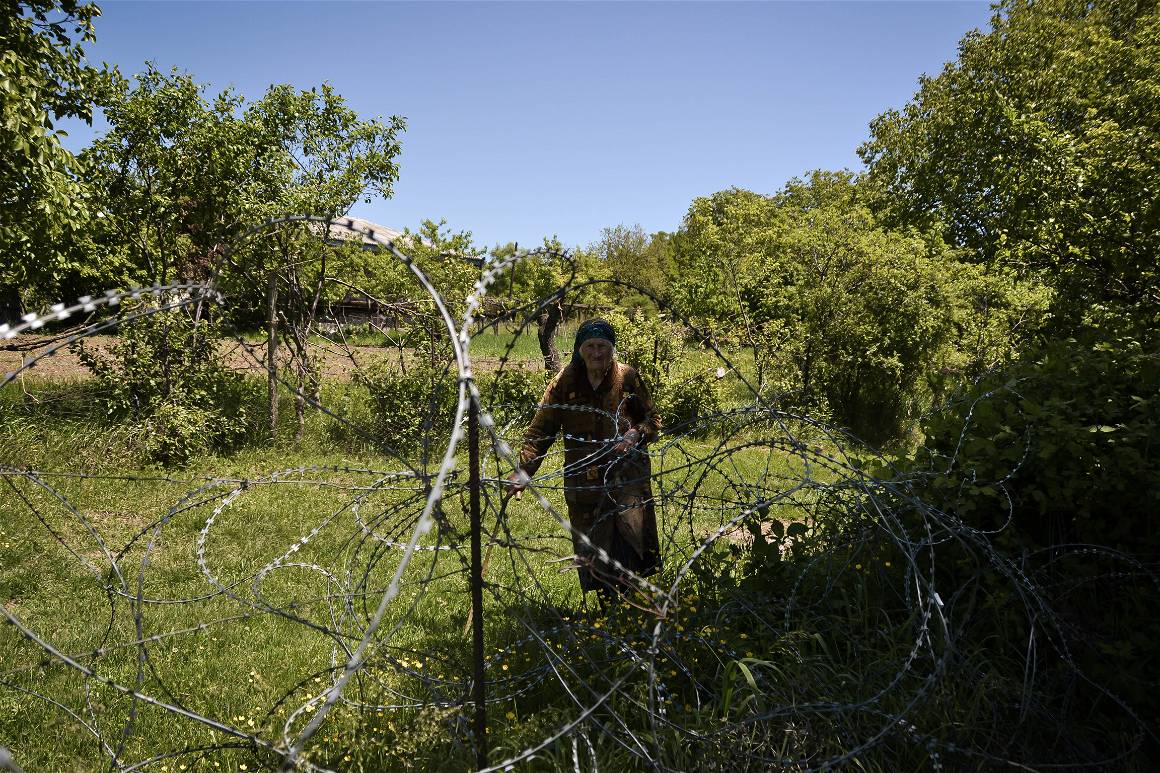
Valia Vanishvili (90)
Khurvaleti Village.
After the 2008 war, Russian military forces installed barbed wire fences, dividing the annexed territory of South Ossetia Region. Valia Vanishvili who is living alone on the occupied territory, was granted the right to choose where to live back in 2011; in her own house or on the Georgian controlled territory.
She decided not to leave her home and now lives in occupied territory in the village of Khurvaleti. After her husband, Dato, passed away in 2021 she lives alone. Her garden is divided by barbed wire fencing.
Valia recalls the war of 2008, “My family and the whole village sheltered in the forest for a week without food and water. Everything was being bombed. I’m not scared of Russian troops and I’m not going to leave my home. I have lived here, in this house, for my whole life. I’m still on Georgian territory.”
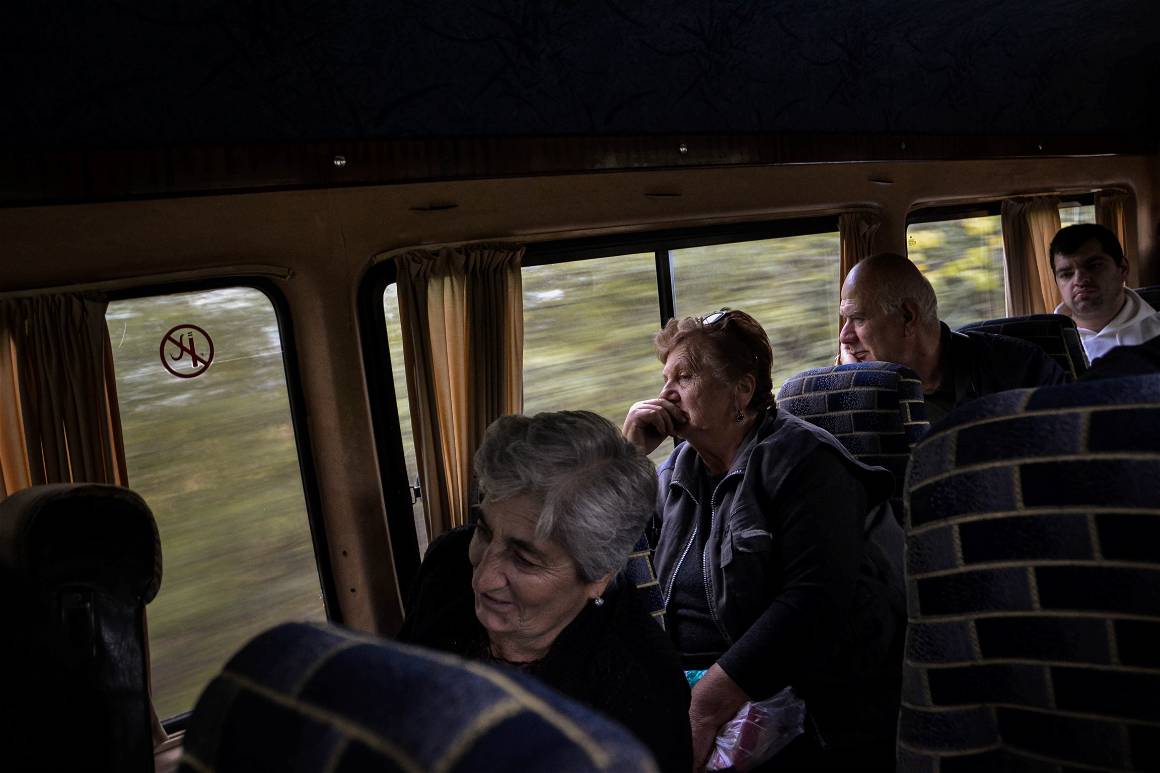
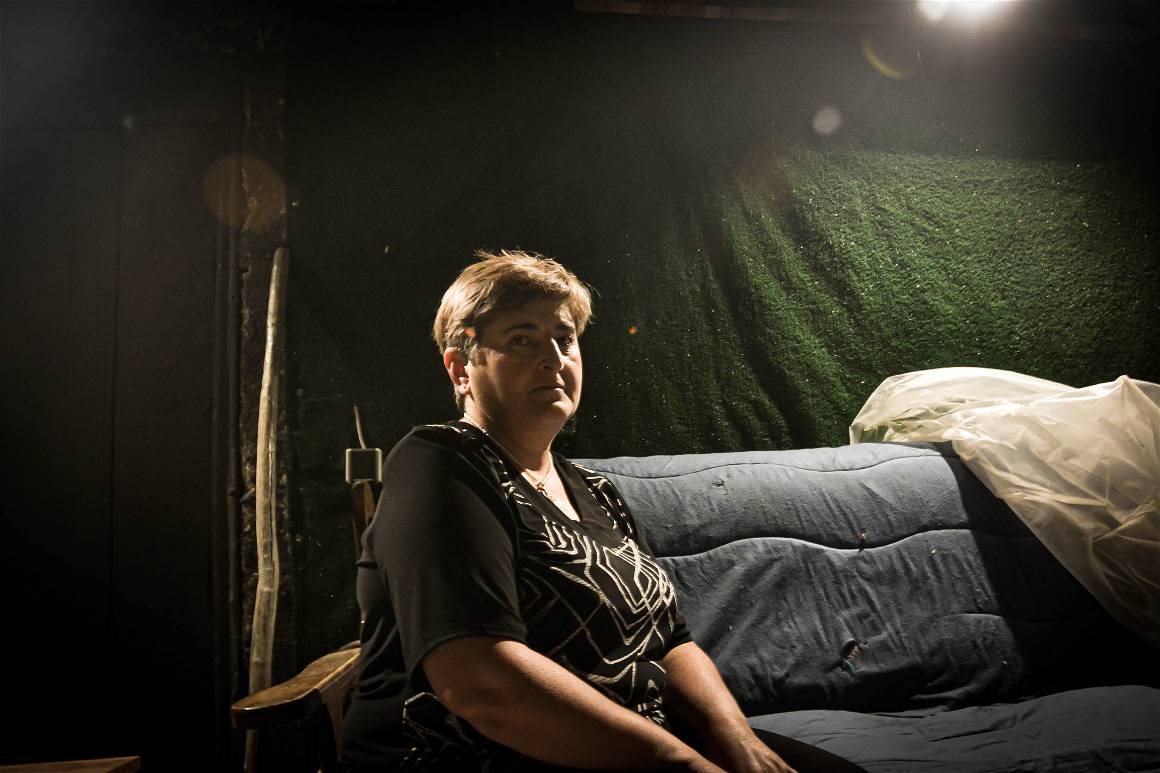
Irina Makishvili (49)
Bobnevi Village.
“In less than 50 meters there are wire barbed fences installed from 3 sides, in my own yard too, I can’t enter and work there.”
In 2019 Irina’s daughter-in-law was taken while she was working in the yard. Missing for a week, she was later liberated and since then, she hasn’t been able to enter the garden again.
“I’m afraid of living here but it’s my home and I don’t want to leave it. In many ways I’ll lose everything. I don’t know how I have lived with this situation over the years. It’s really hard everyday living in a such place, where fear and threat of losing your home is rife.”
Irina was born and raised here.
Remembering when Georgians and Ossetians were close friends of each other, she tells of how they shared everything. With their doors always open, and their hearts open too. “I was raised alongside them. Their ordeal was ours and ours theirs.”
“I was shocked by the 2008 war, I couldn’t believe what was happening. I was just at home with my family when tanks began passing through and missiles were fired. Everything began burning. We lost a lot of land and everyone was terrified.”
“We still don’t know why the troops are here but they often install new fences. I remember when my brother called me, back when he was in the military, and said to leave. But by that time it was impossible and too late,” says Irina.
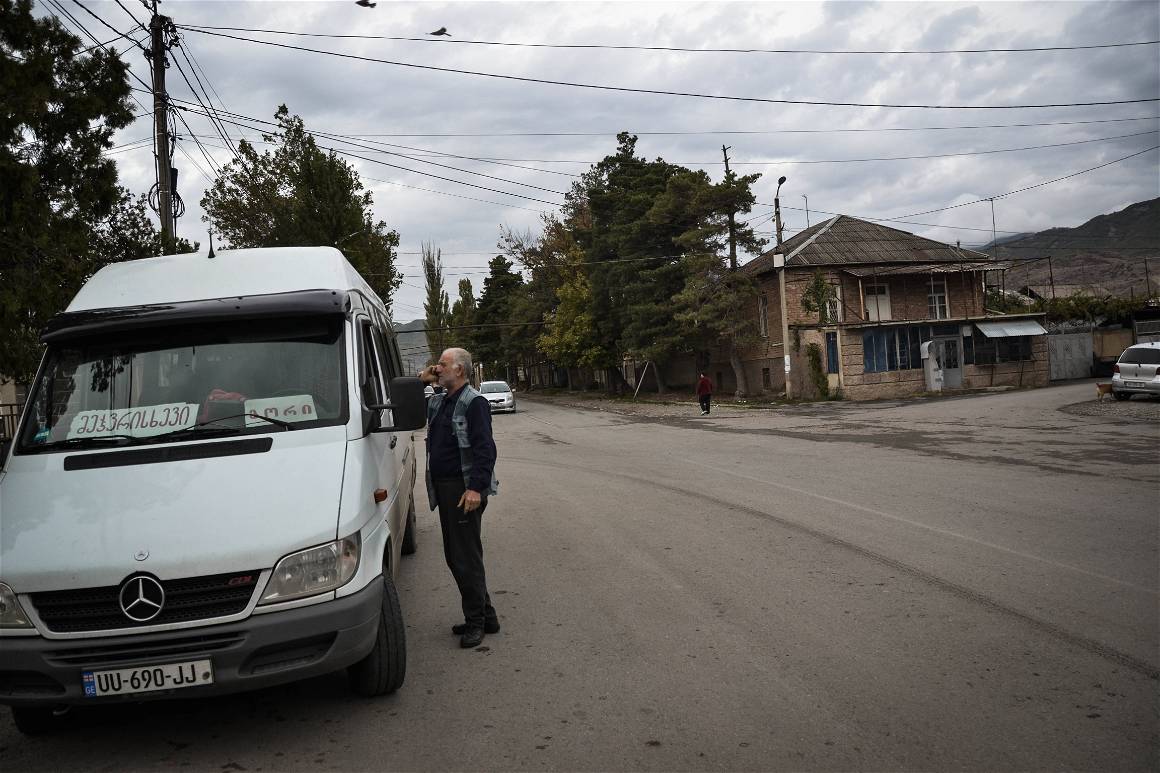
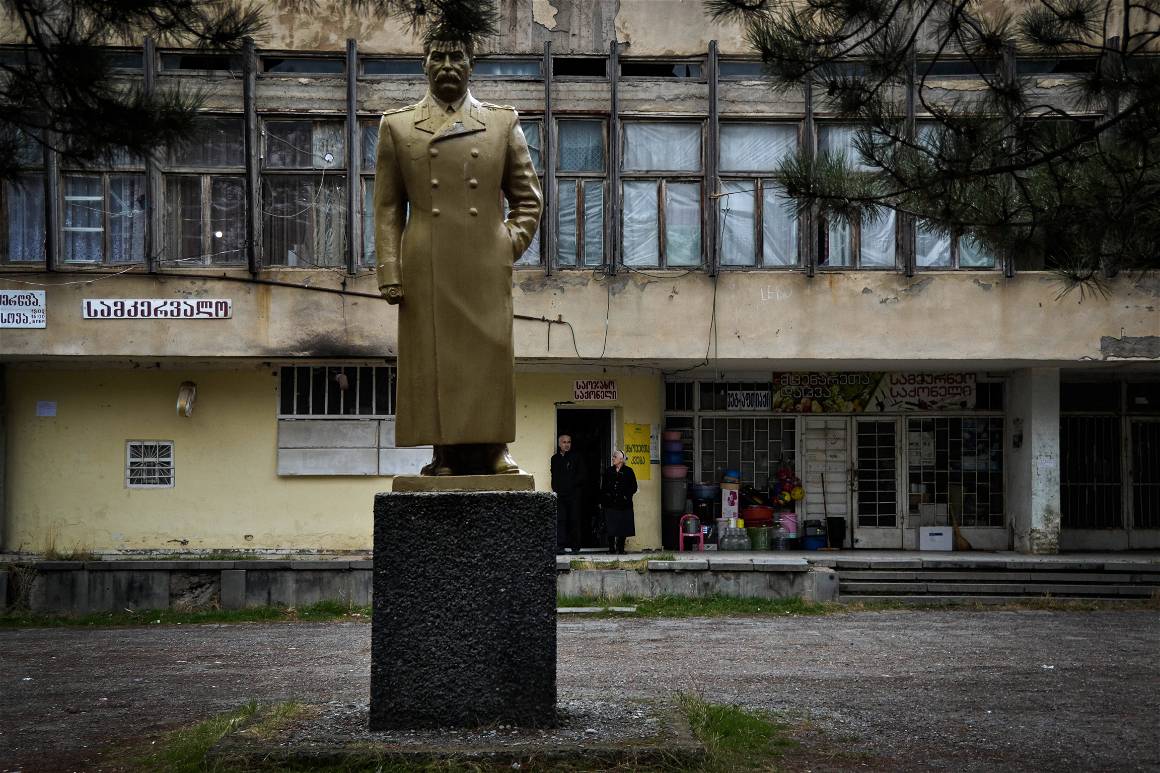
The August war in 2008 is just part of the country’s history.
During the invasion of Georgia in 2008, which lasted only 5 days, the military mobilization was 10 times larger than the entire Georgian army. Russia proclaimed itself a peacekeeper between South Ossetia and Georgia and supported separatism and secessionism.
After the war, the period became very hard for many Georgians, and for those people who were living in occupied territory. After the conflict Russia granted Russian passports to those who remained under the control of separatist forces and applied new policies, restricting Georgian as the main language, and disallowing crossing the De-facto border without a reason.
Today, there are more than 10,000 displaced people since the events of 2008. Russian military forces put up barbed wire fences, dividing the occupied and Georgian-controlled territory and severely prohibited border crossing. After the war, Russia continued to move its occupied borders towards villages bordering the “Shida Kartli” region.
In so many cases, families and houses became divided. Discovering from day to day that their homes had moved from Georgian zoning into occupied territory as borders constantly moved. Barbed wire fences are even installed out in family yards behind their houses. There are so many people affected by this issue.
It is estimated that almost more than 1000 citizens were kidnapped between 2008 to 2021.


